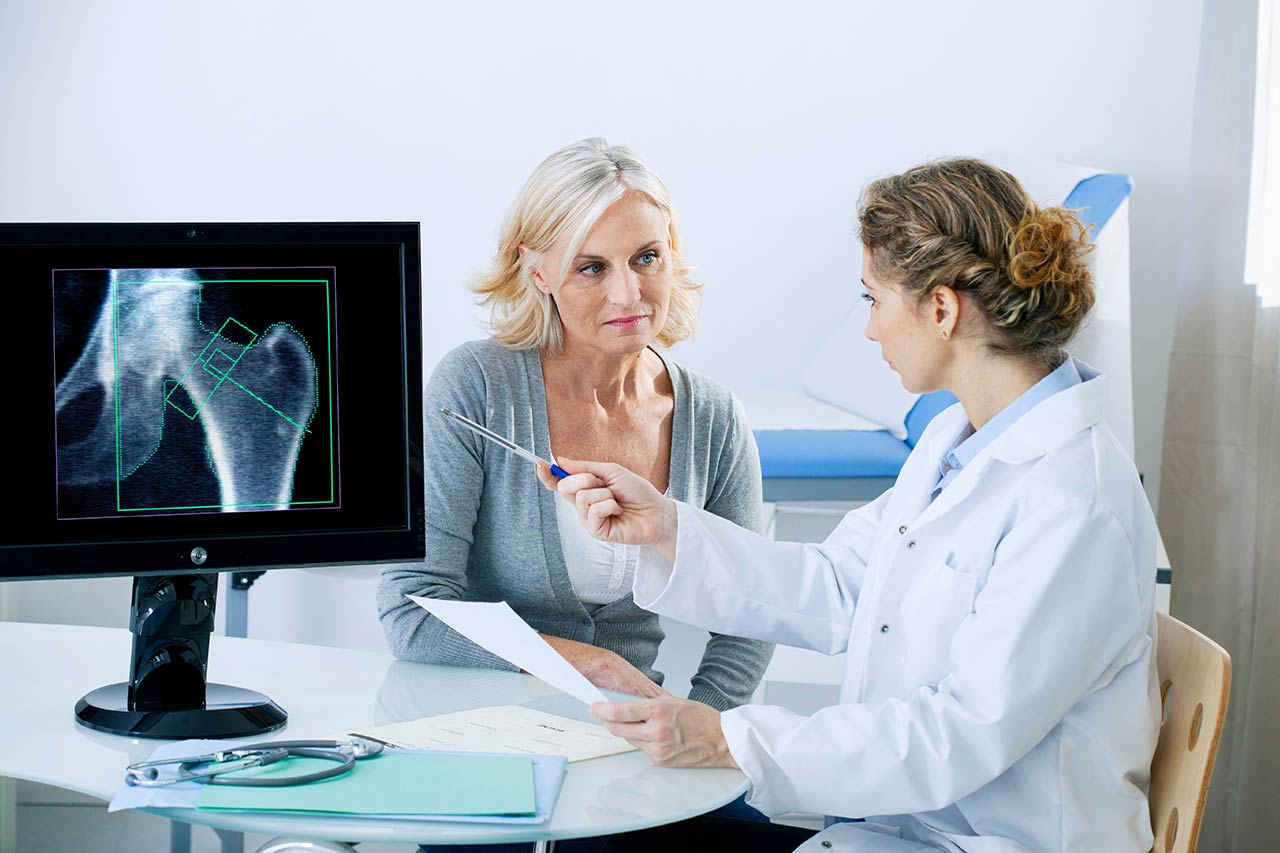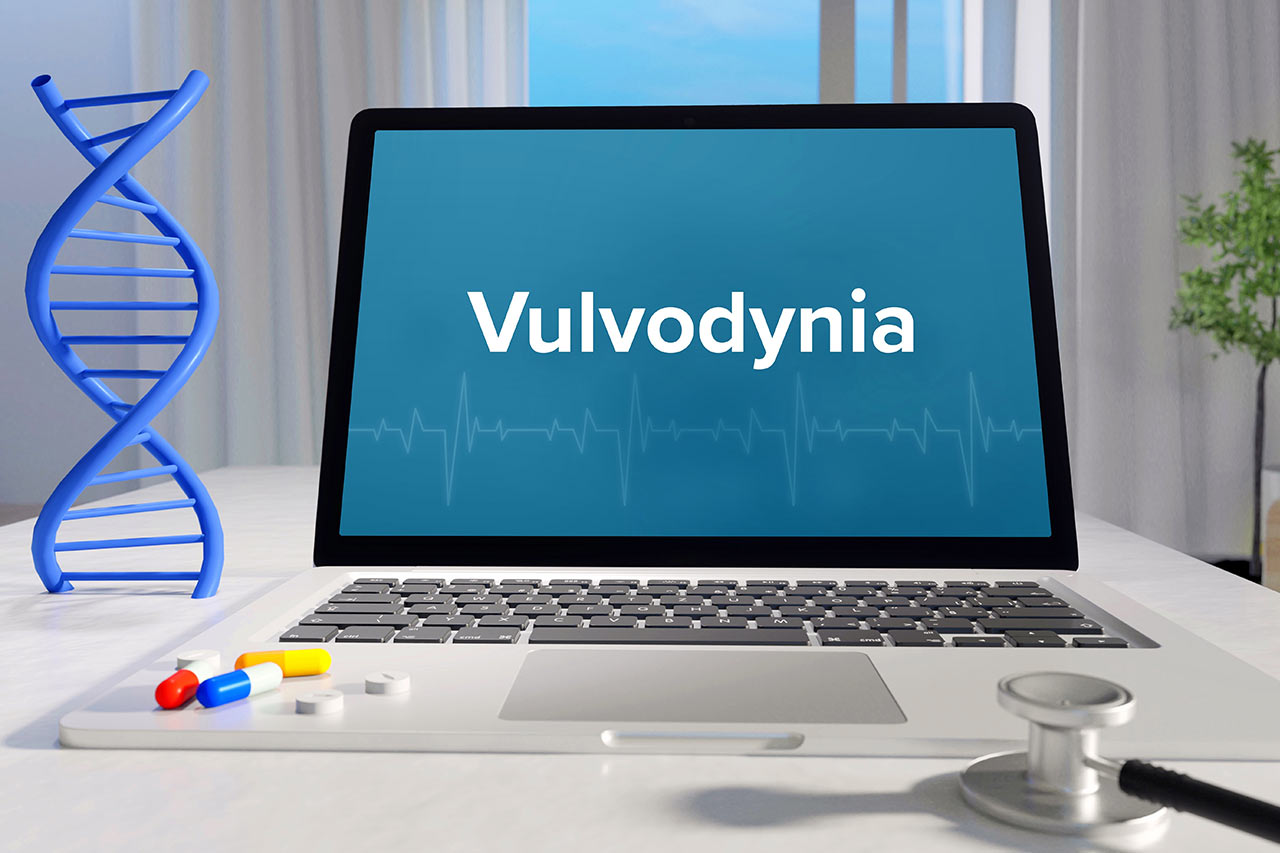By the year 2025, there will be more than one billion women on the planet experiencing the symptoms of menopause. This represents $600 billion of spending opportunity but is still largely untapped as this segment of healthcare appears underserved. At the occasion of the International Day of Menopause on the October 18, Alcimed invites you to dwell into the subject, its challenges and the current progress.
Symptoms and complications of menopause necessitate solutions
While in about a quarter of cases, women have no symptoms of menopause, approximately 75% of women will experience disruptive symptoms, often leading to worsened quality of life and potentially long lasting health issues.
For instance, hormonal and other changes caused by menopause can increase risk for heart disease. Furthermore, interactions with reproductive system are crucial for brain aging. As women’s hormone estrogen levels are dropping, it is the start of many neurological symptoms, for example hot flashes, chills, night sweats, sleep issues, slowed metabolism, memory lapses, mood changes and even depression. Since estrogen is important for energy production in the brain, with lower estrogen levels, the neurons age faster and the risk factors of Alzheimer’s disease like the amyloid plaques can possibly increase. While the cognitive performance is not directly affected by menopause, many of the symptoms can be unwanted and necessitate attention and solutions.
After menopause, women’s risk of certain medical conditions increases. Examples include cardiovascular disease, osteoporosis, urinary incontinence, vaginal dryness and weight gain.
Menopause: an underserved healthcare segment
For decades, the most commonly used treatments for menopause symptoms were prescription drugs – hormonal replacement therapy (HRT) which can notably improve hot flashes. A testament to its success, HRT was the best-selling drug in the USA in 1992. After the negative side-effects of HRT such as increasing the risk of invasive breast cancer and blood clots were put into public light, more than 70% of women said they would prefer to try non-hormonal treatments before using prescription drugs to treat their menopause symptoms.
Meanwhile, HRTs used in Europe are different from Anglo-Saxon treatments. For example, biosimilar progestins and biosimilar estradiol patches are used in France. A study called “E3N” started in 1990’s with 80 000 women participants and it showed that these hormones do not increase the risk of breast cancer or vascular diseases. Nonetheless, these alternatives are contraindicated to some women, including those with a past history of gynecological and breast cancers, phlebitis, pulmonary embolism and some rare liver diseases.
The over-the-counter alternatives are often ineffective, leaving the women to experience a bad menopause with no efficient solution.
Challenges stemming from R&D and investments
The lack of alternatives stems from the gap in knowledge about women health in the R&D stages. Historically, the FDA recommended excluding women from clinical trials in 1977 and did not reverse that stance until 1993. In 2018, only 56% of trials included women.
Startups are also bypassing the opportunity: only 5% of the so-called Femtech startups address menopause because most of the investments are targeted at women in the reproductive age gap.
Innovation in the menopause segment: connected devices and mobile applications
Nonetheless, 4 out of 5 women are interested in non-invasive methods that could relieve their menopausal symptoms. Thus, the demand exists and the supply is finally growing and it is driven by innovation.
For example, EloCare, the winner of 2020 AARP* Hacking Menopause Challenge, produced a Menopause Assistant, composed of wearable sensors worn as a necklace or bracelet, that comes with a mobile app. Women can monitor their symptoms like hot flashes, night sweats, insomnia and heart rate irregularities on the app. Then, it can give users data-driven intervention suggestions or connect them with a menopausal specialist for treatment, available in the States.
Other notable technologies include a portable device (Pride Chill) that helps to combat hot flashes by cooling the air women breath in and a sleeping mask (NYX Systems) that tracks woman’s sleep through three devices, displays the data, and then provides recommendations to help provide restful sleep.
Besides, there are mobile apps available in the USA such as CurieMD – a telehealth service providing mail-order menopause hormone replacement therapies. Another online telehealth service for women experiencing menopause by providing different services ranging from nutrition and fitness support to dedicated personal health coach, Genneve, raised $4 million in a funding round in 2019, a very small envelope in the pharma field.
However, even the better established startups struggle to stay in business: the Cusp was founded in 2018 and raised a $4M seed round, yet it abruptly ceased all operations in December 2020 after running out of money and failing to raise additional funding.
Menopause is not a disease but a natural part of aging. There is a need to break the taboos around menopause in order to find solutions and improve women’s health and lives. Alcimed is willing to support players and solutions oriented on that unmet medical need, do not hesitate to contact us!
About the author,
Christelle, Project Manager in the Alcimed’s Healthcare team in France
* The American Association of Retired Persons



